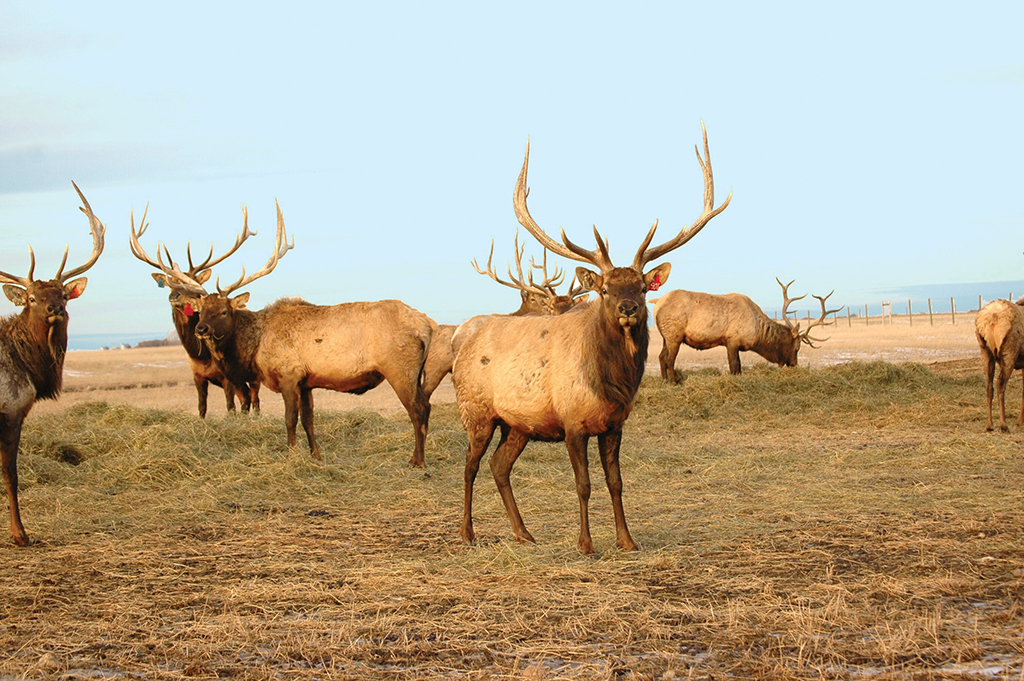FISH & GAME HUNTING CENTER – September/October 2020

OPEN SEASON by Reavis Z. Wortham
August 26, 2020
SPORTSMAN’S DAYBOOK-Tides & Prime Times – September/October 2020
August 26, 2020 ![]()
The History of Native Elk in Texas
FREE-RANGING ELK roam the Trans-Pecos of Texas, with some anecdotal evidence showing increasing numbers in some areas.
Elk, despite being perhaps North America’s most coveted big game animal, are not a game animal in Texas. In fact, they are treated as exotics with no seasons, bag limits or restrictions at all.
That however does not mean elk are not native to Texas. In fact, I recently came across an incredible study by Richardson B. Gill, Christopher Gill, Reeda Peel, and Javier Vasquez. It goes deeply into historical accounts of elk in the Lone Star State, and as the study shows, elk were not limited to the Trans Pecos.

The earliest recorded sighting of elk in Texas occurred in 1601 according to the authors. The Spanish governor of New Mexico, Don Juan de Oñate, embarked on an exploration of lands to the northeast of Santa Fe.
“This river [the Canadian] is thickly covered on all sides with these cattle [bison] and with another not less wonderful, consisting of deer which are as large as large horses. They travel in droves of two and three hundred and their deformity causes one to wonder whether they are deer or some other animal.”
Translation: Elk.
In 1759, Captain Juan Angel de Oyarzún reported elk near Menar.

The earliest sighting of elk in Texas occurred in 1601, said to travel in “droves of two and three hundred.”
“This watering place was recognized as that of the buros (what they called elk at the time) for the many it maintains. This species resembles deer, although its body and antlers are larger. As a rule they are, when grown, like a medium-sized horse, and the antlers ordinarily attain the height of two varas [1.7 meters or 5.5 feet]. For this reason, the Comanche indians use them to make bows for their arrows.”
In 1772, French captain Athanase de Mézières reported elk by calling them red deer (the elk’s close European cousin) between modern day Nacogodches and the Sabine River.
“This very large province can compete with the most fertile and productive. It produces in abundance beans, maize, large and small stock, buffalo, deer, red deer, wild goats, turkeys, wild hogs, partridges, hares, rabbits, and other species of both quadrupeds and birds, which has served us in this long journey for recreations as well as for sustenance.”
There are many, many more historical accounts in their study but just as fascinating is the DNA evidence they show of today’s free-ranging Texas elk origins.
“DNA research indicates that today’s free-ranging elk in the Davis and Glass mountains are the result of the natural immigration of elk from the Lincoln National Forest of New Mexico, just north of the Texas border, to recolonize areas of their former native range in the Trans-Pecos. The evidence presented substantiates the presence of native elk throughout Texas prior to their extirpation in the 20th century…”
Elk are a Texas native and maybe learning a bit about their history will help us secure their future within our borders.
—story by CHESTER MOORE
Email us at ContactUs@fishgame.com




